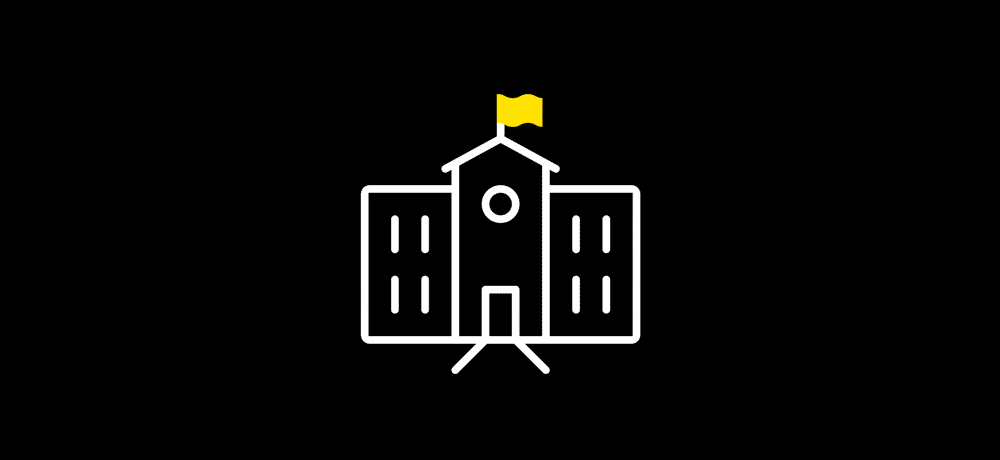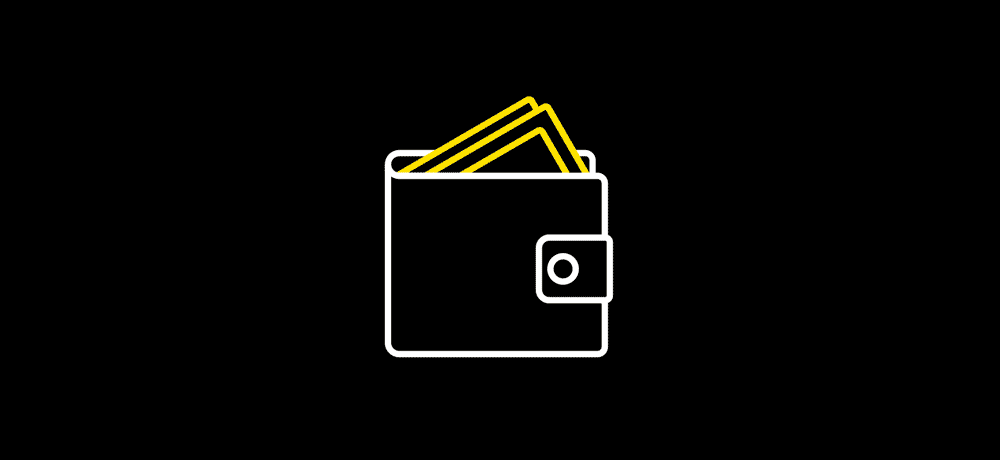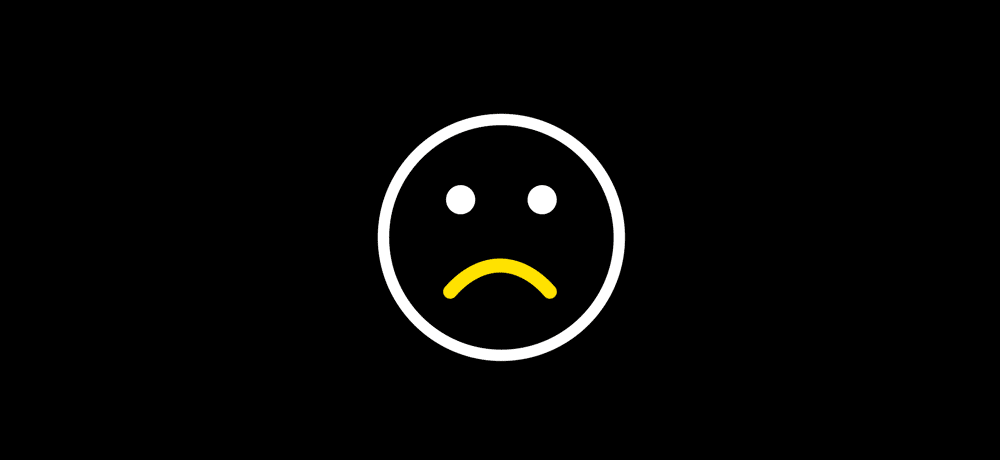In an era where complex algorithms may soon have the capacity to track our every move and emotion, how far should marketers go in ‘nudging’ us to buy their products and services?
Behavioural economics has gained considerable attention of recent years – as has its offshoot, ‘the nudge’. Whether or not you’ve heard of either, it’s a good idea to read on. Both can have an enormous impact on your life.
Behavioural economics is based on the idea that we human beings have inherent psychological biases that influence how we spend our money – often resulting in irrational or poor choices. For example, you might buy that premium 500ml tub of ice cream simply because it’s more expensive – and therefore, you presume, more desirable – than the $5 one-litre tub (even if you’ve never tried either brand of ice cream).
It’s somewhat less inspiring than the traditional view of economics that tells us we’re all rational beings who act in our own best interest.
However, ‘the nudge’, as it’s known, relies on behavioural economics’ less-than-complimentary view of humans to try and help us make sensible decisions. Popularised by academics Richard Thaler and Cass Sunstein in their 2008 book Nudge: Improving Decisions About Health, Wealth and Happiness, it’s about gently pushing people towards the right choice – without really being noticed.

Nudging for the good of the country
Many governments have embraced the concept, adopting policies that ‘nudge’ people to improve their wellbeing and that of their community (and thereby saving millions of tax-payer dollars in the process).
For example, automatically signing up drivers as organ donors, where people have to opt out rather than opt in, exponentially increased the number of potential organ donors in the likes of Spain, Austria and Argentina.
Interestingly, not every nudge works in every country. In the UK, sending individuals a letter pointing out how many people in their area had paid their taxes on time saw tax delinquencies drop nearly 50 per cent. The same approach simply didn’t work in Ireland.

The nanny state goes global
The UK’s Behavioural Insights Team (otherwise known as the ‘nudge unit’) was formed in 2010 and now has offices around the world. Among other things, it’s tackled tuberculosis in Moldova – dramatically increasing the number of people who take their daily medication (and who therefore make a full recovery) by creating a virtual supervisor to encourage people to complete their treatment.
It’s also helped Australia encourage more trainee teachers to work in rural areas by providing pre-filled forms as opposed to paper ones. Three times as many trainee teachers applied for rural placements as a result of the nudge.
Of course, Australia’s government has not been idle here either. Plain packaging of cigarettes, mysuper and pre-filled tax forms have all been designed to counteract our more negative behaviours. And the Behavioural Economics Team of Australian Government (BETA) continues to devise new ways of protecting people from themselves.

Acting in whose best interest?
But how does this play out in the commercial world?
It’s hardly surprising that nudges by companies might not necessarily push people towards the ‘right choices’.
For instance, a restaurant may put a very expensive item on a menu to increase the likelihood that people will buy the second most expensive item. Apparently it works – it just isn’t clear that it benefits the diner.
As McKinsey consultant Ned Welsh notes: “Marketers have long been aware that irrationality helps shape consumer behaviour” and this has had a large part to play in companies’ marketing efforts – with or without the theoretical framework underpinning it.

The rise of digital nudges
In the digital age, these nudges are becoming ever more sophisticated. Relying on artificial intelligence and data, companies are gaining unprecedented insights into people – their behaviour, their context, their preferences – providing prime material for targeted marketing. The smarter nudges get, the more effective or ‘helpful’ they can become – or the more manipulative.
At its most basic, digital nudges don’t seem to be much of a problem. The technology we interact with on websites merely helps us in making a decision, often saving us time and money. For instance, a camping gear site might allow you to compare up to four tents for price, size, material used, etc. Clearly that’s helpful. It also benefits the company since consumers tend to walk away from an overload of choices. It’s a win-win, right?
The concern, however, is that these ‘nudges’ are becoming increasingly sophisticated, and intrusive. As Jez Groom, founder and Chief Choice Architect at Cowry Consulting, explains to collaborative membership community Disruption: “Algorithms may be able to create a profile for you to work out which nudges are most likely to influence your behaviour, and then every time you arrive at that site it will dynamically render a bespoke page for you. Essentially you will have dynamically rendered, mass personalised experiences based on your particular nudge profile.”
Add to this the internet of things and we have a situation where people can be targeted anytime, anywhere by anything.

Drawing the line
This may become even more disturbing with time. “I remember talking about facial recognition in marketing,” Groom says, “and asking is it appropriate to use an interactive billboard to show a bar of chocolate to someone who looks sad? I don’t think it is.”
At some point, companies and consumers – and indeed governments – must decide how far they want nudges to go. Treading that fine line between ‘helpful’ and ‘manipulative’ should certainly give people pause for serious thought as we move into a world where almost anything is possible.




